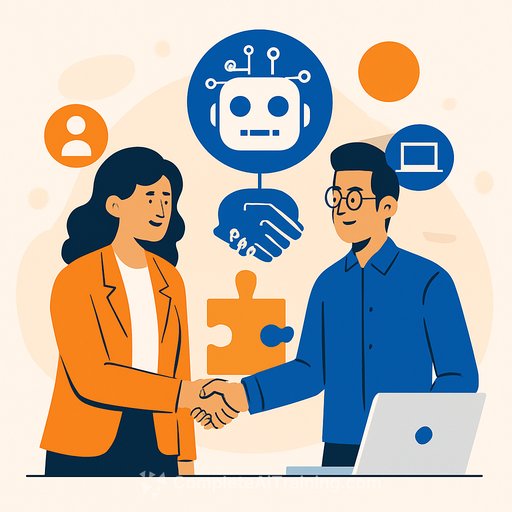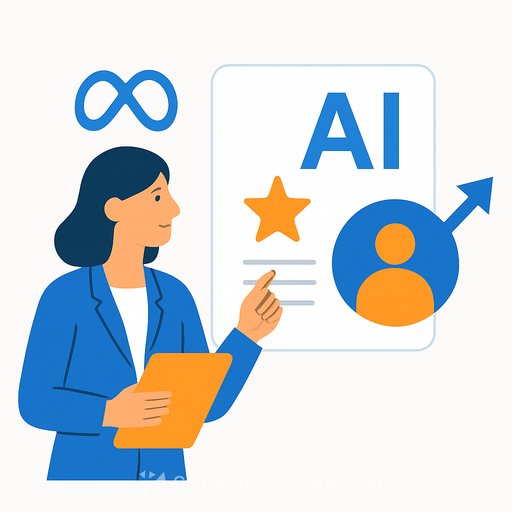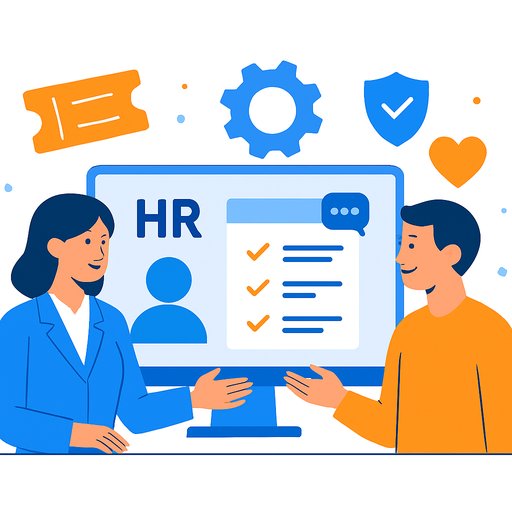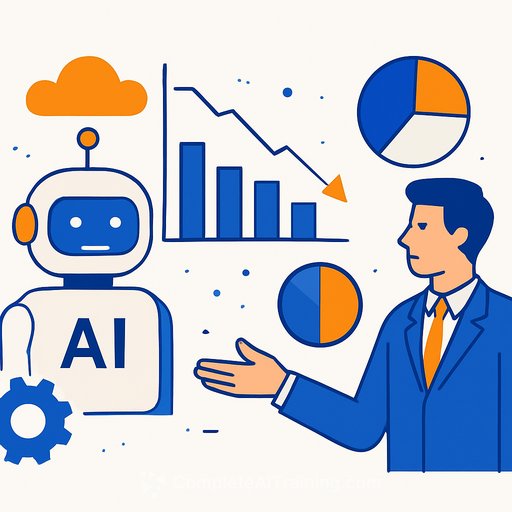Merging HR and IT: A Strategic Edge in the AI Era
Artificial intelligence is no longer just a back-office tool; it's becoming a key part of how organisations operate. This shift is blurring the lines between human resources and information technology, pushing companies to rethink their structures and processes.
The Changing Operating Models
Companies like Moderna and Peabody offer clear examples of this trend. Moderna combined its HR and IT teams into one people and digital technology unit. This move supports the increasing use of AI across the business, with thousands of custom language models helping to shape a more adaptable and personalised workplace. The integration allows better human oversight of AI tools and encourages agility.
Peabody took a different route by updating its HR model to include strategic HR partners, a dedicated data team, and an internal academy for apprentices. Their goal was to align HR strategy with digital transformation, addressing the specific needs of local communities.
These approaches demonstrate how merging HR and IT can reshape company culture, speed up innovation, and build resilience for the future.
How AI is Changing HR
Artificial intelligence offers many opportunities for HR, but it also requires new ways of thinking about hiring, development, and leadership.
Transparency in Hiring
AI tools are increasingly used in recruitment to make the process more objective and efficient. However, these tools can sometimes reinforce existing biases if not carefully managed. Addressing this requires a combination of legal safeguards, including impact analyses and transparency rules like those in GDPR, alongside ethical AI design.
Making datasets inclusive, ensuring fairness in AI models, and building diverse development teams are essential steps. Emerging laws such as the EU AI Act and the US Algorithmic Accountability Act highlight the growing focus on accountable AI governance. Fairness isn't just about compliance—it’s about creating trustworthy, human-centred technology.
Attracting and Developing Talent
AI-powered recruitment platforms do more than filter resumes. With human oversight, they can predict candidate performance and cultural fit, turning hiring into a strategic advantage.
Once hired, employees can benefit from personalised development plans supported by skill taxonomies and adaptive learning systems. These tools encourage both upskilling and reskilling, while job architecture platforms help map career mobility within the organisation. This approach helps retain top talent and builds a workforce geared for innovation and continuous growth.
Upskilling and Reskilling: Both Matter
Upskilling strengthens current employee skills, like learning to use generative AI or machine learning tools. Reskilling prepares workers for entirely new roles, such as shifting from data entry to software development. Both strategies boost productivity, improve retention, and increase operational efficiency.
Why HR Needs to Lead in AI Integration
The partnership between HR and IT is becoming essential as AI transforms workplaces. By working closely, these teams can guide technology adoption while keeping human values front and centre.
Prioritising transparency, ethics, and inclusivity in AI initiatives builds trust and fosters innovation. These values can turn AI integration into a competitive advantage, creating workplaces that are efficient but also empathetic and employee-focused.
For HR professionals looking to deepen their understanding of AI’s impact on talent management and organisational strategy, exploring specialised training can be a valuable next step. Resources like Complete AI Training's latest courses offer practical insights tailored to HR and IT collaboration in the AI age.
Your membership also unlocks:






